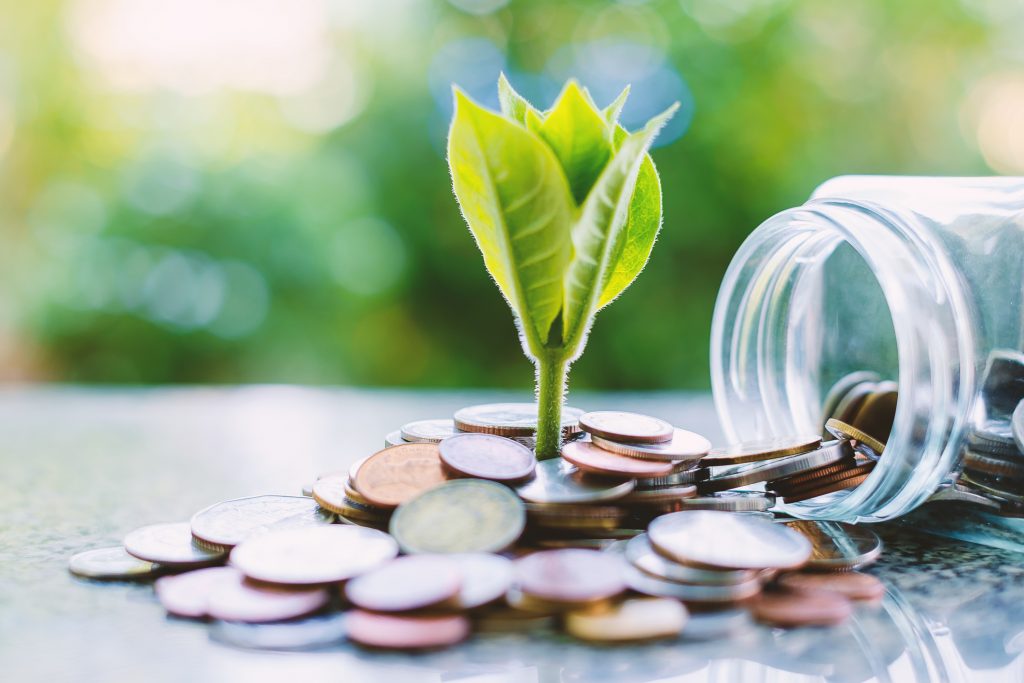A “Dependable” Forecast for 2022
Part 1: A Restatement of General Investment Principles
Here at Eaton Financial Group, we believe that your plan is built on love, based on your values, and is planning centric. This is sharply distinguished from an approach that’s market-focused and current event driven.
My goal here, in addition to clearly stating my philosophy of advice is to make clear that the current commentary (below in Part 2) which may follow is no sort of economic or market production, but rather my highly personal view of the current situation.
Every successful investor that I have ever known was acting continuously on a plan; failed investors, in my experience, get that way by reacting to current events in the economy and the markets, and very often, trying to get rich quick.
I neither forecast the economy, nor attempt to time the market, nor predict which market sectors will outperform which others over the next block of time.
In the sentence that always bears repeating: We plan, never predict.
Once a client and I have that plan in place and have funded it with what historically has been the most appropriate types of investments, high quality equity, I will hardly ever recommend changing the portfolio, so long as your long-term goals have not changed. To repeat, unless your plans change, do not change your portfolio.
I have found that the more often investors change their portfolios in response to market fears or fads of the moment, the worse the long-term results.
Part 2: 2021 Observations
As I write this, we are at about 4,750 on the S&P 500, despite the ongoing pandemic and other political, social, and economic headwinds. While this is certainly gratifying, it doesn’t proceed from our having been “right about the market,” other than in the largest, longest-term sense.
Our positions in the equity market are a pure function of their being historically best suited to your lifetime financial (and especially retirement) planning. They are never based on a view of the economy and the markets, which we continue to believe can neither be forecast nor timed. Stated another way, we aren’t “right” because the market is up “x” % this year, any more than we’d be “wrong” if it were down “x” %.
Our investment policy is the same as it’s always been—even (and especially) when the market declined 34% in five weeks in February/March of 2020. Simply stated, that policy is based on two enduring beliefs:
- That the historical long-term return of equities over bonds is necessary to the achievement of your most important long-term financial goals.
- That the only way to be reasonably sure of capturing the premium return of equities is to ride out their frequent but historically temporary price declines.
Be assured that I claim no credit for anything beyond making an appropriate long-term plan for you and your family and encouraging you to stay invested through thick and thin.
Part 3: 2022 Forecast
(Full disclosure: The following forecast is nearly identical to my forecast in years past, and most likely, next year too!)
Most investors crave economic and market forecasts. With the markets so uncertain and volatile, our brain craves some sort of idea of what the future holds. But the markets are unpredictable – evidenced by the fact that no one can consistently predict them with accuracy.
Of course, like the proverbial broken clock, a certain forecast may sometimes be accurate. As experienced investors, however, we acknowledge that is not dependable, no matter what our brain tells us.
Unlike market and economic forecasts, our macro-level view is reliable simply because it is based on enduring investment truths and investor behavior. These factors are more dependable than market outcomes and more important to an investor’s well-being.
2022 FORECAST:
- Investors who watch the market often will experience more stress than those that do not.
- You will be tempted to change your investment strategy based on market performance, expert forecasts, and/or your personal beliefs about the future.
- Your investment decisions and reactions to market events will have a significant influence on your personal investment return.
- Like a math problem that someone explains to us AFTERWARDS, the economy/market will do something that surprises or stumps us, and it will be obvious in hindsight.
- Investors that focus their time and attention on those things they can control will have a better investment experience than those that focus on what they wish they could control.
Part 4: Guiding Tenets for Our Clients
Our Role…
- To advise on the successful implementation of a well-thought-out financial plan
We Believe…
- Our purpose is to provide great advice.
We will do so by providing the unvarnished truth and by assisting in controlling only those factors within your control
.
- Your plan guides the portfolio and your financial decisions, not the markets nor news. If the plan hasn’t changed, don’t change your portfolio.
- The successful financial plan provides peace of mind, achieves your objectives, and minimizes the risk of outliving your money.
- Your active participation is essential in our on-going financial planning process.
- In consulting with us before considering any material financial
- In living well, working hard and giving generously.
Important Investing Truths:
- No strategy works 100% of the time. There will be times when your plan does not seem to be working. Process always trumps returns in uncertain scenarios.
- Investing is about tradeoffs. Investing with emotion will provide short-term relief, but at a long-term cost. True performance can only be judged correctly over an entire market cycle.
- Beware of the media’s influence. Their primary goal is to get you to tune in, not make wise financial decisions. They are masters of sensationalization and eliciting our emotions.
- Real investor skill is demonstrated through discipline and patience. Our emotions and mental hardwiring influence us to react hastily to news and market movements. While it will feel good at the time, it often results in costly mistakes.
Part 5: Conclusion
Conviction, patience, and discipline are virtues every investor should develop. They aren’t easy, yet they are essential for your success. As your advisor, one of my most crucial roles is helping you ignore the noise – manage your investment behavior – and focus on what really matters to your financial success, and to help you MINIMIZE the regret of doing the wrong thing at the wrong time.
I have intentionally neither made predictions on the future nor profound comments on the past, simply because I reserve all detailed commentary and analysis for your own, very personal, and specific situation.
With that said, please be invited, and indeed encouraged, to raise with me any questions prompted by this very brief overview, or anything that interests/concerns you.
Please contact us any time with questions by clicking this link: Schedule a call, Zoom or meeting.
That is what I am here for. This I will continue to do.
Thank you once again for being my clients, and I wish you a prosperous, fulfilling, healthy, and stress-free 2022.
It is a privilege to serve you.
Doug











